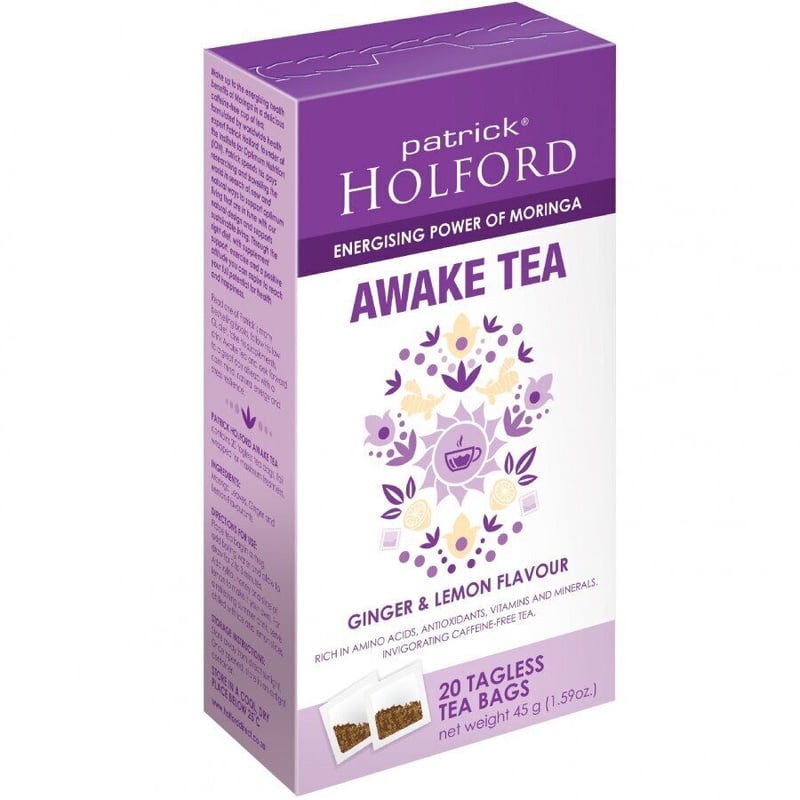
Used worldwide to treat and cure over 300 diseases and recognised by the American National Institute of Health as the Botanical plant of the year in 2007, could the humble and drought resistant Moringa oleifera be the next superfood; and potentially the all-in-one answer to the ailing Western diet which is robbing rather than fulfilling our nutritional needs?
Native to the tropical climate of the South-east Asia, but since grown abundantly in warm climates of Africa and South America, the Moringa oleifera plant has the ability to retain a high concentration of electrolyte minerals allowing it to stay internally hydrated in the driest conditions. Known in rural Africa as the “Never Die” plant, “The only thing that grows in the dry season” and “Mother’s Milk”, it has been credited with providing rare nutrition to those who otherwise receive very little nutritional value from their diets.
UK based nutritional expert, Patrick Holford, is also singing the praises of the plant.“It is widely used in Africa as a medicine against infectious disease and also as a highly nutritious food, rich in vitamins and protein (27% of calories). It is especially rich in vitamin C, beta-carotene, calcium, magnesium and potassium,” says Holford.
“As with any new discovery there’s a current lack of human trials (five in total showing positive effects on aspects of diabetes, heart disease and asthma) but a plethora of animal and cell studies that all point in the right direction,” said Holford.
The leafy bush, with small, bright green leaves, also boasts anti-inflammatory, immune-boosting, anti-cancer, anti-microbial properties. The plant provides a rare combination of Zeatin (an antioxidant) and 46 other different antioxidants as well as 36 anti-inflammatory agents. Only discovered by the Western world in 2006 thanks to a Discovery Channel documentary, the plant has since been credited as a rich source of food and medicine.
Holford says, besides for its nutritional values, he is also interested in the energy-boosting properties of the plant.
“Given that Moringa contains no caffeine, I was surprised to notice a subtle energy boost. Of course, any nutrient-rich food or supplement can give an energy boost if a person is sub-optimally nourished, but that was unlikely to explain what I was experiencing. In hunting for a possible explanation, I found a study testing its effects on sexual activity on stressed rats. The study in question definitely showed enhanced sexual performance, but why? The researchers found that Moringa had the effect of reducing cortisol, the stress hormone, increasing testosterone and also inhibiting enzymes that break down serotonin and dopamine, which could explain the energy and mood boost many people report. Dopamine and serotonin are the main ‘feel good’ neurotransmitters and if the body produces less cortisol it can produce more testosterone and DHEA, the good adrenal hormone, instead,” said Holford.
“We need more human clinical trials on Moringa but, so far, there is ample evidence that shows Moringa is a rich source of so many nutrients, and has a wide range of positive health effects and, for this reason, I am adding it to my list of super foods,” said Holford
For further information on Moringa and its properties visit Patrick’s blog https://www.patrickholford.com/advice/moringa-new-superfood?utm_medium=email&utm_source=transactional&utm_campaign=PH+Moringa+1.a+23.6.15
Issued: on behalf of Brunel Laboratoria by:Cindy Kidger
Tel: 033 326 1023 | 072 659 4055Email: This email address is being protected from spambots. You need JavaScript enabled to view it.Website: www.urbanhousemedia.co.za
Get new press articles by email
Latest from
- LOVE IS IN THE AIR AT BIRCHWOOD WITH DONALD MOATSHE
- The Mercury Wine Week
- DANCE QUEEN, LADY ZAMAR TO THRILL FANS AT BIRCHWOOD
- Jaziel Brothers, Selmor Mtukudzi Light Up Ekurhuleni At Birchwood
- Ringo Madlingozi to lead Sensational Jazz line up at Birchwood
- The road to health for Multimedia Sports Journalist, Trevor Cramer
- A Romantic Evening with Nathi, Kelly at Birchwood
- International Rugby Academy Returns with a New Position-Specific Course
- Renowned National Hockey Academy Comes to Western Cape These Holidays
- Oliver Mtukudzi to headline June Birchwood Jazz Festival
- FEEL AMAZING RIGHT NOW! TOUR – PATRICK HOLFORD IN SA THIS MAY
- Judith Sephuma and Idols winner Karabo to perform at Birchwood Jazz evening
- Young players and coaches to learn from SA Hockey icons
- Birchwood Hotel presents Gospel According to Jazz evening
- A SIMPLE DETOX WILL LEAVE YOU RENEWED AND FULL OF ENERGY
The Pulse Latest Articles
- Education Is The Frontline Of Inequality, Business Must Show Up (December 11, 2025)
- When The Purple Profile Pictures Fade, The Real Work Begins (December 11, 2025)
- Dear Santa, Please Skip The Socks This Year (December 10, 2025)
- Brandtech+ Has 100 Global Creative Roles For South African Talent (December 9, 2025)
- The Woman Behind Bertie: Michelle’s Journey To Cape Town’s Beloved Mobile Café (December 9, 2025)
